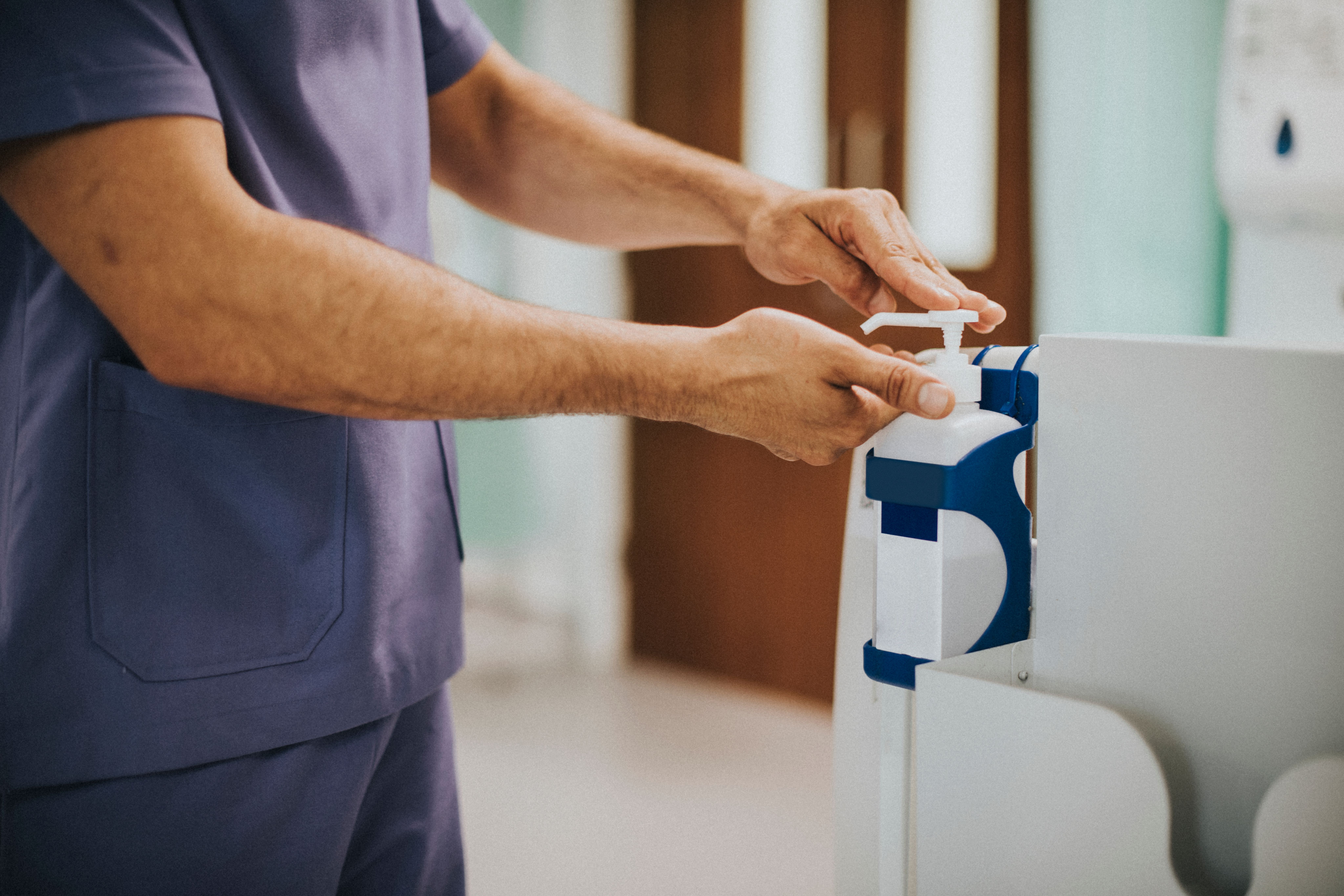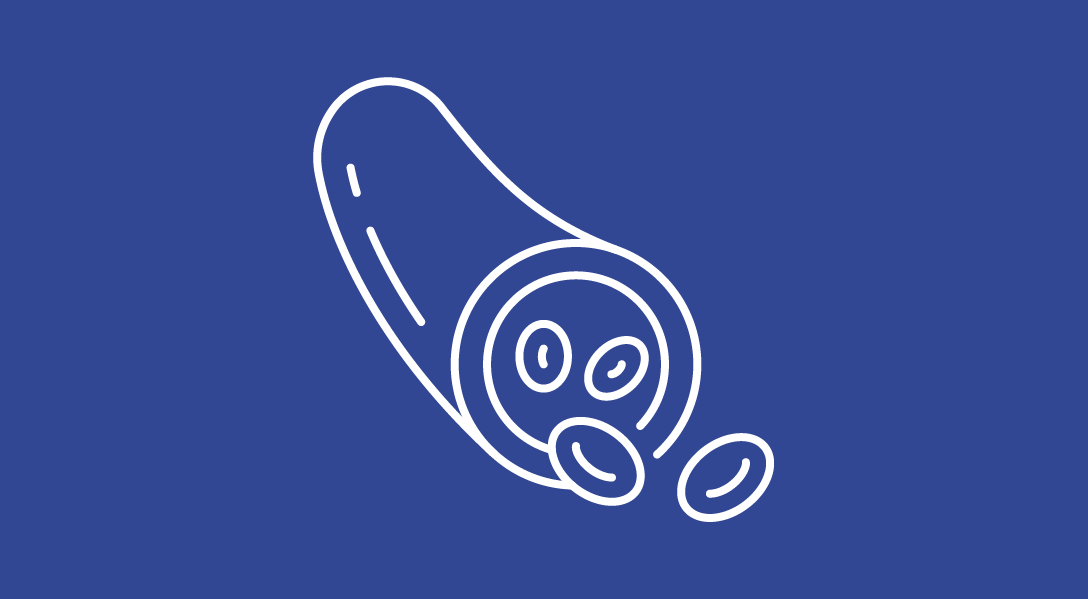Tracking Hand Hygiene Adherence With Wearable Technology
Wearable technology can track hand hygiene protocol adherence, making wards more aware of their hand washing and sanitizing rates on a weekly basis.
Male nurse disinfecting his hands: © Rawpixel.com - stock.adobe.com

The use of wearable technology has become more common in the care of patients with cancer, but it can also be used to boost adherence of certain protocols like hand hygiene, an expert said.
Anne Corbett, MS, BSN, RN, nurse manager of the stem cell transplant unit at Hackensack University Medical Center in New Jersey, spoke with Oncology Nursing News about how this technology is being used at her own institution. In fact, it was first piloted in October 2022 in her unit, which consists of 34 beds total within 2 separate units right next to each other, to see how the staff of approximately 85 people—including nurses, patient care technicians, unit clerks, nurse practitioners, pharmacists, social workers, and others involved in the care of patients here—can improve their hand hygiene scores.
“Hand hygiene plays an important role within any healthcare system, but particularly within oncology, and definitely within a stem cell transplant unit,” Corbett said.
This particular wearable technology comes in the form of a card that is worn along with a nurse’s ID.
“We have various hubs in the unit, around the unit, and overhead a patient’s door,” Corbett explained. “When you go in [a patient’s room], it will automatically read that the nurse is in the room and that the nurse has performed hand hygiene.”
The hubs would also identify when nurses used hand sanitizer dispensers outside of patients’ rooms. After a staff member sanitizes or washes their hands, they would have 45 seconds to enter a patient’s room, and then another 20 seconds to sanitize or wash their hands again. Upon exiting a patient’s room, the staff member would have 20 seconds before or after exiting to complete the hand hygiene procedure.
“If you think of a workflow of a nurse, you walk out, you put your hand in the Purell [dispenser] and you walk,” Corbett said. “That’s why we have the hubs around. So most nurses, as they come out of a room, they’re doing hand hygiene, and they’re walking to their next task. So the hubs and the various locations of the unit, if the nurse is performing hand hygiene as she’s walking, [the hub] will capture that.”
Hubs can collect information without the nurse having the manually tap or scan their ID. Nurses can stand in front of the hub for approximately 15 seconds while preparing to enter the room, which can include putting on their mask and gloves, Corbett added.
The hubs constantly collect information on hand hygiene frequency, and the data are shared by Corbett with her team. She mentioned that during the piloting stage, in an attempt to get everyone engaged in this technology, she would discuss it with them at daily huddles and addressed any questions the staff had. There was 1 particular concern voiced by several staff members, which was eased with answers from the company.
“The company was very supportive, came around, and answered questions,” Corbett said. “As we educated the staff, there was a bit perception of, ‘You're tracking me, you know where I am.’ So once that was sorted out, people were fine. And people were OK with all of that.”
Once more data were collected, Corbett and other unit leads received emails about their team’s hand hygiene performance on a personnel level. Individual nurses would also receive weekly emails about their compliance, which Corbett noted created some healthy competition.
“By the email, it created a great camaraderie, great competition among team members. It really got people engaged,” Corbett said. “And people were like, ‘Well, I was 95%, you were 94%.’ And then you're recognizing them at the huddle areas, at staff meetings, and more people are talking about it.”
As wearable technology is being used in the clinical setting, nurses are in a unique position to celebrate the progress being made so far, all while informing patients on how it is being used.
“It’s something that [nurses] should be proud to wear, and it’s actually a good thing to share with their patients in a positive light,” Corbett said. “Oncology patients are one of the savviest patients in the world,…and they know so much more about their disease….
“With anything technology like that, I think we should be celebrating and then say, ‘Look at the advancements where we’re coming to, and the future is only getting brighter for the care that you’re going to continue to receive over the next 5 years or so.”
Debunking 3 Common Myths Patients with Cancer Have About Palliative Care
November 15th 2021For National Hospice and Palliative Care Awareness Month, Joe Contreras, MD, spoke to Oncology Nursing News® about some common misconceptions between the 2 and how oncology nurses can more effectively speak with their patients about palliative care.




